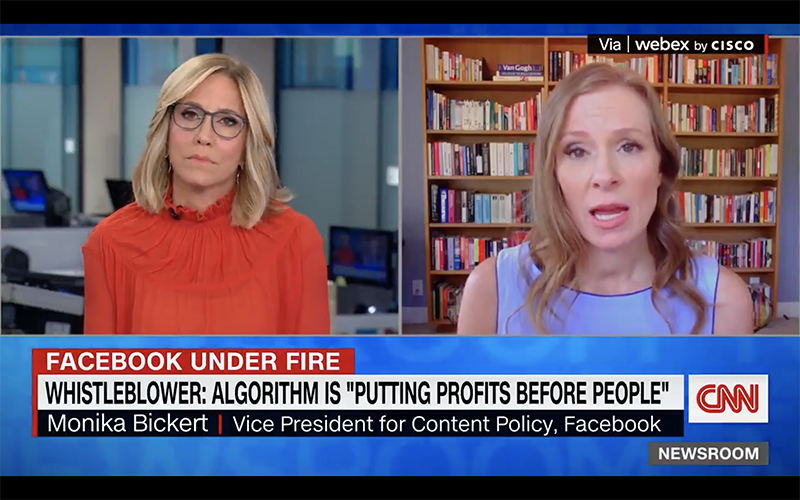We’ve been uttering it like a mantra, like a plea, for the past two years: Back to normal. For a long time, the Covid pandemic was visibly abnormal: masks, lockdowns, and refrigerated trucks full of bodies that couldn’t be squeezed into overflowing morgues. But now, with vaccinations readily available and mask mandates disappearing — and perhaps because we have collectively forgotten what normal looks like — it really is tempting to look around and think, “Yeah, here we are, this is normal again.”
It’s not. Some argue we will never see that pre-pandemic “normal” ever again.
But the weight of our pandemic fatigue has become crushing. And now, as if on cue, public health experts are turning out in droves to help us figure out what version of normal we might find while Covid continues to flourish. Not normal, maybe, but instead perhaps “normal-adjacent.” Normal enough?

What’s emerging is part action plan, part wish list, part never-gonna-happen. There’s what we need to do right now to live with Covid. There’s also what public health experts hope we do to prevent this kind of catastrophe in the future. Many of the recommendations reflect an undercurrent that’s been with us throughout the pandemic: will we actually learn a lesson here and commit to doing better next time, or are we so desperate to forget this terrible period that society is doomed to repeat it?
The latest proposal comes from more than 50 public health experts, including many scientists and physicians who have become well known during the pandemic. (One of them, Zeke Emmanuel, spoke at a Techonomy virtual event at the height of the pandemic.) Presented as a roadmap for dealing with Covid, the report makes 12 major recommendations, with the authors’ narrative veering from clear-eyed realism — “Trying to eliminate Covid is not realistic” — to rosy optimism — “The outlook for the remainder of 2022 appears to be vastly better than the experiences of the past two years.”
The authors’ goal is to offer a route to what they refer to as “the next normal” — a time of living with Covid but not being terrorized by it. They offer a very specific metric to help us mark when we will meet the end of Covid’s official pandemic phase: “when average daily deaths due to Covid and other major respiratory illnesses decline below 0.5 per 1 million Americans, or 165 deaths a day at a national level.” That number is based on the death toll we’ve come to expect during a particularly bad flu season. We are nowhere near this goal: as of March 8, the CDC reported a seven-day rolling average of 1,161 deaths per day in the U.S. Our lowest daily death rate so far in the pandemic, reported in July 2021, was 214. “That Covid’s toll remains about 10 times higher than the flu’s modern worst is intolerable,” the roadmap’s authors note.

Still, the rapid decline of Omicron cases has allowed enough breathing room for public health experts to consider what we should do when these targets are in sight. In the roadmap, they boil them down to 12 core elements, all of which will require some level of funding or resources that the American government may no longer have the will to allocate, if the latest debates in DC are any indicator.
A common thread in many of these recommendations is data: capturing it quickly and accurately with more accessible testing, reporting it in some kind of dashboard, and studying long-term Covid disease impacts. There are also items here that were on experts’ wish lists long before Covid came along: improving indoor air quality; faster development of vaccines and therapeutics; addressing health disparities, especially among vulnerable populations; expanding the public health workforce; and contributing to a better global infrastructure for public health.
The roadmap was issued shortly after the White House released the ironically named National COVID-19 Preparedness Plan, which emphasizes testing, treating, and vaccinating Americans; preparing for new variants; avoiding shutdowns; and delivering vaccines to other countries. And of course the CDC recently released new guidelines based on community case counts that magically freed the majority of Americans from being asked to wear masks or take other basic precautions.
Across the board, experts acknowledge that many of these recommendations — whether it’s wearing masks or returning to office work — are based more on the perceived willingness of Americans to comply than on careful public health analysis. Many states and major cities, for instance, have abandoned vaccine mandates despite high case numbers and death counts, to accommodate the demands of an exhausted public.
And the asterisk attached to all of these plans and policy updates reminds us that nobody knows what’s coming next in this pandemic. Perhaps the worst is behind us. While the U.S. vaccination rate is not as high as that in many other countries, we have had an astonishingly high rate of infections, so our collective immunity is fairly good. Or maybe the worst is yet to come: perhaps a variant that combines Omicron’s transmissibility with Delta’s severity, or one that is different enough from previous strains to evade our hard-won immune defenses.
Whatever the case, one thing seems clear: the path forward remains uncertain, and the eventual destination is likely not what most of us would call normal.















